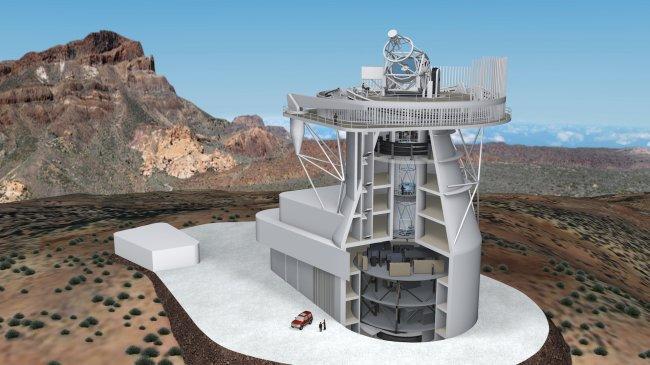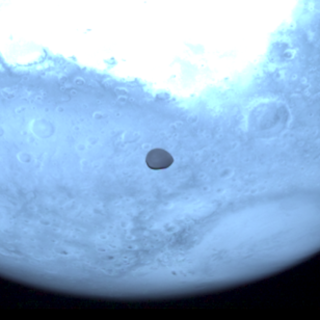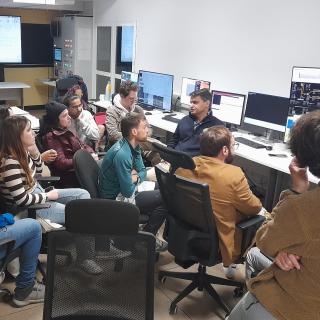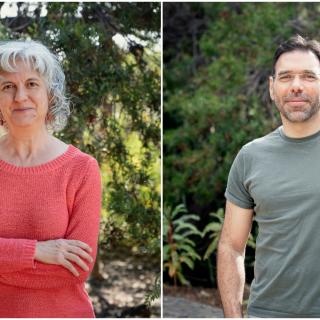Today, March 10th, an official announcement was made about the updating of the ESFRI (Forum for a European Strategy in Research Inrastructures) route map at a meeting in Amsterdam. This route map includes the EST (European Solar Telescope) project, together with five other projects (ACTRIS, DANUBIUS-RI, E-RIHS, EMPHASIS Y KM3NeT 2.0) and two others which are considered to be emblematic (CERN LHC Y ESRF EBS).
The EST is a project to construct the largest solar telescope in Europe, four metres in diameter, to be sited at the Canary Island Observatories. In this project, which is coordinated by the Instituto de Astrofísica de Canarias, (IAC) there are research institutes from fourteen European countries. The main goal of the telescope is to study solar phenomena such as sunspots or flares, with unprecedented accuracy and a resolution of only a few tens of kilometres at the solar surface. Thanks to this, the EST will enable us to understand better the magnetic activity of the sun, and the violent eruptions accompanied by the emission of large quantities of electrically charged material which can perturb terrestrial communications.
Now that the project has achieved priority status, it has reasonable hopes to get firm financial backing from its members in the near future. The Spanish government has already, via the Secretary of State for Research, Development and Innovation, offered its clear support and the commitment of a strong Spanish contribution to the building of the EST.
The ESFRI 2016 route map identifies the new infrastructures for research which are of interest to the whole of Europe’s scientific research communities, covering all fields of science. It comprises 21 projects, including six new ones, the EST among them, and 29 “emblematic” projects which were already in a practical development phase by the end of 2015.



